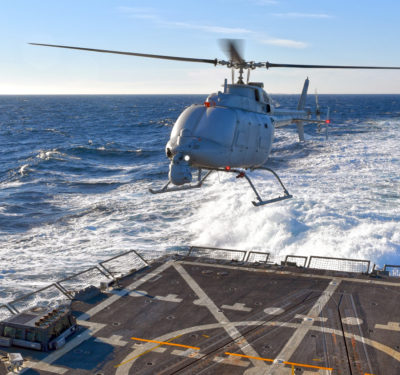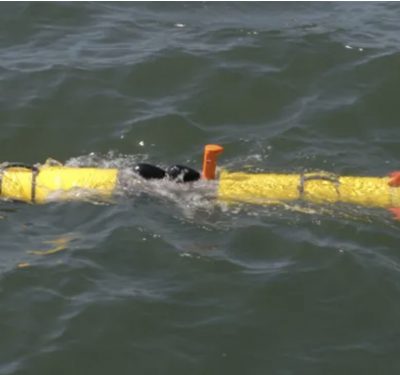
Two Silicon Sensing Systems ultra-precise AMU30 inertial measurement units (IMUs) will provide critical navigation data to the autopilot capability for the Mayflower Autonomous Ship (MAS) throughout her milestone trans-Atlantic voyage this autumn.
Setting sail this September, the 15 meter-long, 5-ton MAS400 will repeat the Mayflower’s original epic voyage 400 years ago. Led by marine research organization ProMare and powered by IBM, she will sail from Plymouth, England to Plymouth Massachusetts, USA. Instead of a captain and crew, she will use computer vision, machine learning, edge technologies and sensors to navigate and detect hazards.
Silicon Sensing’s AMU30 devices will form two vital units within the MAS navigation suite, constantly delivering precise 3-axis data on angular rate and acceleration plus roll, pitch and heading angles, altitude and pressure, and temperature to the ship’s autopilot.
Travelling at a maximum speed of up to 12 knots, MAS is expected to take just 12 days to reach the coast of Massachusetts – a fraction of the 66 days of the voyage four centuries ago. Throughout the voyage the ship will also function as a scientific laboratory. On board sensors will transmit data for critical research programmes in areas such as maritime cybersecurity, marine mammal monitoring, ocean micro-plastic analysis and sea-level mapping.
Steve Capers, General Manager, Silicon Sensing Systems Ltd, comments: “We are an official sponsor of this inspirational project and have been contributing our technical expertise for a number of years now. The MAS400 represents a new generation of research ships that will further humanity’s understanding of the ocean. This vessel pushes the boundaries of 21st century marine technology whilst also being at the heart of the Mayflower anniversary celebrations, based in Silicon Sensing’s home town – Plymouth, UK.
AMU30 is Silicon Sensing’s first product to combine high performance micro electro-mechanical systems (MEMS) IMU with a full attitude and heading reference system (AHRS). The device comprises a proven ten degree-of-freedom IMU with a three-axis magnetometer, pressure sensor and a sophisticated AHRS algorithm. This new device has been developed to replace far heavier, larger and more costly fibre optic gyro-based devices, delivering impressive all-MEMS inertial performance, including exceptional bias stability and low noise characteristics, with a proven, embedded Kalman Filter based AHRS algorithm.
Steve Capers, continues: “An evolution of our established devices, we believe AMU30 has immense potential in applications as diverse as hydrographic surveying, maritime guidance, airborne surveillance, terrain mapping, machine control, inertial navigation and GPS drop-out aiding – and here in autonomous vehicle control. As a Plymouth-based operation we are particularly proud that data from our latest device will help guide this truly impressive vessel.”






